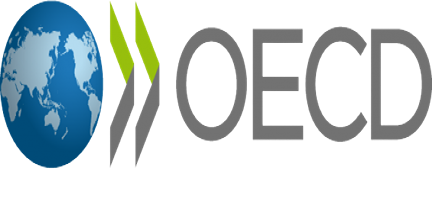On 11 July 2022 the OECD published for consultation a Progress Report on Amount A of Pillar One. Further input is invited from commentators by 19 August 2022 in relation to the technical design of Amount A.
Following the Statement on the Two-Pillar Solution to Address the Tax Challenges Arising from the Digitalisation of the Economy released in October 2021, significant progress has been made on developing the technical rules for the new taxing right. This has been helped by input from the public consultations held on the various building blocks of Amount A.
Amount A is allocated under a new taxing right which applies to a share of the residual profit of large multinationals to the market jurisdictions, which are the locations where the goods or services are supplied or the consumers are located. There are mechanisms to prevent double taxation arising as a result of the allocation of Amount A. Processes are included to bring increased certainty for enterprises in relation to Amount A, which will serve as a basis for negotiating a multilateral convention (MLC) to implement the rules.
The thresholds included in the scope rules ensure that Amount A only applies to large and profitable multinationals. The scope rules apply in an objective manner, to provide certainty on which groups are within the scope. There will be some cases where a disclosed segment of a multinational’s operations may be within the scope of Amount A even though the group as a whole is outside the scope. Revenues from extractive activities and regulated financial services are excluded from the scope of Amount A.
The nexus rule will determine which market jurisdictions are eligible to receive Amount A. The nexus rule includes quantitative thresholds of revenues of the group within the market jurisdiction. In the case of smaller market jurisdictions, a lower threshold will apply. There are detailed revenue sourcing rules to establish where revenues of a group arise, using reliable indicators or allocation keys.
Rules are provided to define the tax base for calculation of the group profit for the purpose of allocating Amount A to market jurisdictions. The starting point for this calculation are the Consolidated Financial Statements of a group, prepared under Acceptable Financial Accounting Standards. The rules allow for a number of adjustments to these profits for tax purposes and there are rules for carrying forward losses.
Under the rules for allocating profits 25% of the profit of a group that is in excess of 10% of group revenues will be allocated to the relevant market jurisdictions in which it operates, based on a formula. The formula will allocate profit in proportion to the revenue arising in each market jurisdiction. There is a Marketing and Distribution Profits Safe Harbour (MDSH) that adjusts the allocation of Amount A for market jurisdictions that already have existing taxing rights over the residual profits of the group.
Rules on the elimination of double taxation rules are to apply where double taxation would otherwise arise from the overlap between Amount A and the existing profit allocation system. The rules will identify the Relieving Jurisdictions that are responsible for eliminating double taxation.
A streamlined administration process and procedures to ensure tax certainty are being worked out for the new rules included under Amount A and related issues, and details will be worked out before the meeting of the Inclusive Framework in October 2022.

















